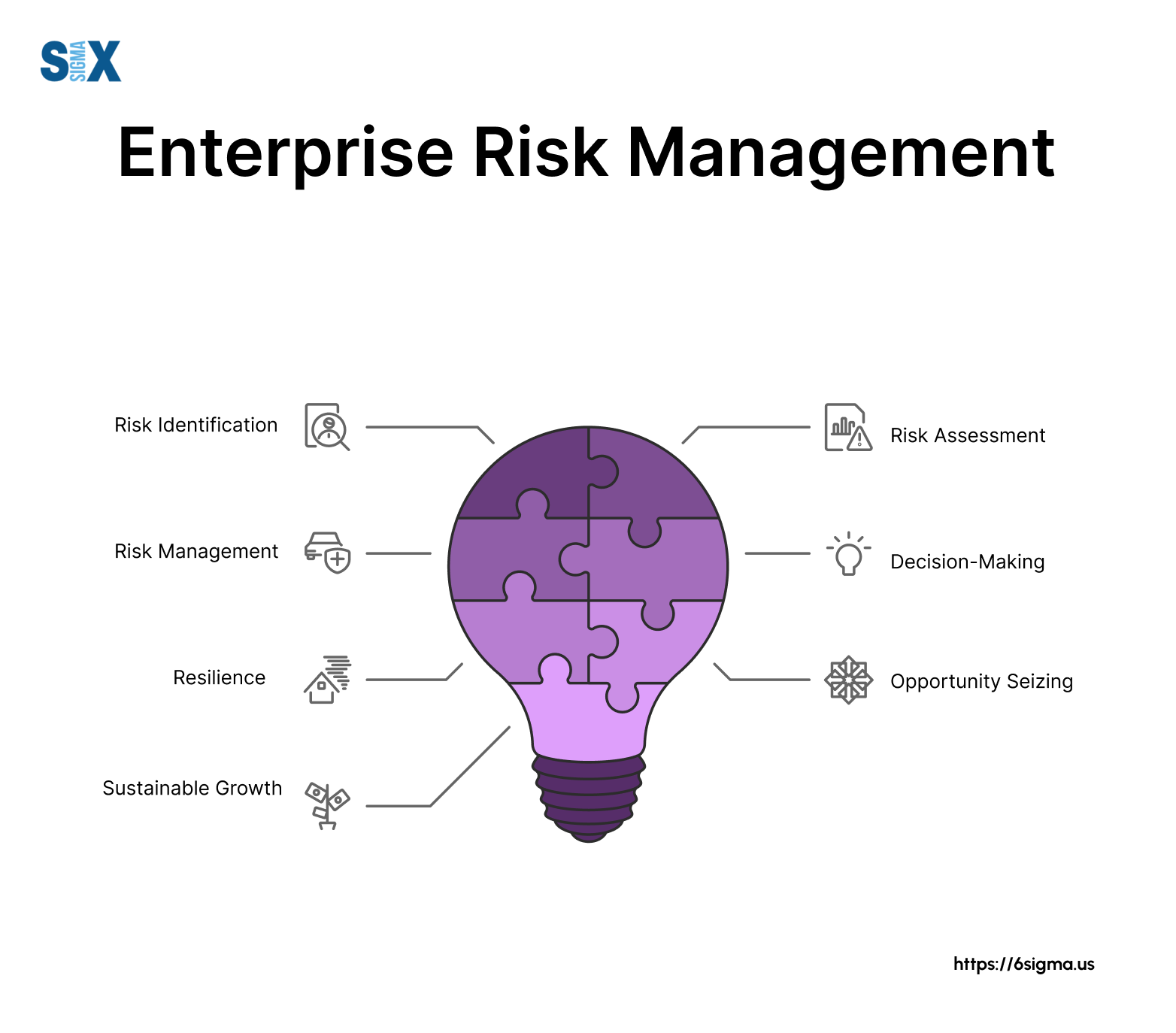Checking out the Relevance of Risk Management for Effective Decision-Making Strategies
In the detailed world of company, Risk Management arises as an important variable in the decision-making process. The capability to recognize prospective hazards and opportunities, and plan accordingly, can spell the distinction in between success and failing.
Recognizing the Principle of Risk Management
Risk Management, a critical part in decision-making, is usually misunderstood or oversimplified. Risk Management entails disciplined and structured methods, utilizing information and insightful assessments. From monetary uncertainties, lawful liabilities, critical Management errors, to accidents and natural calamities, it resolves various dangers - importance of risk management.
The Function of Risk Management in Decision-Making Processes
In the world of tactical planning and organization procedures, Risk Management plays an indispensable duty in decision-making processes. It assists in identifying possible risks and uncertainties that could influence the achievement of business purposes. By tracing these risks, companies can create strategies to alleviate their impact, making certain organization continuity and stability. Risk Management thus comes to be an important device in decision-making, aiding leaders to make informed options based on a thorough understanding of the risks included. It urges a positive technique, making it possible for organizations to prepare for and prepare for feasible future scenarios. This substantially minimizes the probability of adverse effects, promoting extra effective and reliable decision-making approaches. Consequently, Risk Management functions as an important part in the decision-making procedures of any company.
How Risk Management Enhances Strategic Preparation
In the context of critical preparation, Risk Management plays a pivotal function. Starting with the identification of possible risks, it better includes the implementation of Risk reduction steps. The role of Risk Management is vibrant but not fixed, as it demands continuous tracking and adjusting of techniques.
Determining Possible Threats
:max_bytes(150000):strip_icc()/risk-management-4189908-FINAL-2-976ae194e01848618ca94941ab9d2395.jpg)
Carrying Out Risk Mitigation
Risk reduction techniques can range from Risk evasion, Risk transfer, to risk reduction. Each approach should be customized to the particular Risk, considering its prospective impact and the company's Risk resistance. Reliable Risk reduction calls for a deep understanding of the Risk landscape and the prospective impact of each Risk.
Tracking and Readjusting Strategies
Though Risk reduction is a critical action in calculated preparation, continual monitoring and modification of these strategies is similarly essential. This continuous process enables companies to determine new threats and reassess existing ones, guaranteeing the implemented techniques remain reliable in the ever-changing service setting. It additionally supplies an opportunity to review the success of the Risk Management measures, have a peek at this site permitting changes to be made where necessary, more boosting critical planning. Effective surveillance and adjustment need the use of analytics and essential performance indicators (KPIs) to determine efficiency. These devices give valuable data-driven understandings that can inform critical decision-making. As a result, surveillance and changing Risk Management approaches is an essential component for enhancing a company's durability and critical preparation.
Instance Researches: Effective Risk Management and Decision-Making
In the globe of organization and money, effective Risk Management and decision-making commonly offer as the columns of prosperous enterprises. These situations highlight the value of astute Risk Management in decision-making processes. These instances highlight the essential role of Risk Management in calculated decision-making.
Devices and Strategies for Efficient Risk Management
Navigating the intricate maze of Risk Management requires the ideal collection of techniques and tools. These devices, such as Risk registers and warmth maps, help in identifying and analyzing potential dangers. Methods consist of both quantitative techniques, like sensitivity evaluation, and qualitative techniques, such as SWOT analysis. These help in focusing on dangers based upon their prospective effect and probability. Risk feedback approaches, a vital element of Risk Management, include accepting, staying clear of, moving, or mitigating threats. Tracking and controlling risks, via regular audits and testimonials, make sure that the methods stay reliable. With these strategies and tools, decision-makers can navigate the facility landscape of Risk Management, thereby assisting in educated and reliable decision-making.
Future Trends in Risk Management and Decision-Making Strategies
As we explore the large landscape of Risk Management, it becomes noticeable that the devices and methods made use of today will proceed to advance. Future trends aim in the direction of a raised dependence on modern technology, with fabricated intelligence and device discovering playing substantial duties. These innovations will allow organizations to predict prospective risks with better accuracy and make more informed choices. Furthermore, there will be an expanding focus on strength, not just in handling threats however also in recuperating from negative scenarios. Last but not least, the idea of Risk culture, where every member of use this link a company is aware and associated with Risk Management, will obtain more importance. These trends herald a more inclusive and aggressive approach towards Risk Management and decision-making.
Verdict

Risk Management therefore comes to be an important tool in decision-making, assisting leaders to make informed choices based on a thorough understanding of the risks included. Risk reduction strategies can vary from Risk evasion, Risk transfer, to take the chance of decrease (importance of risk management). Efficient Risk mitigation calls for a deep understanding of the Risk landscape and the potential influence of each Risk. Risk reaction approaches, a key component of Risk Management, entail accepting, Web Site staying clear of, transferring, or mitigating dangers. The concept of Risk culture, where every participant of a company is mindful and entailed in Risk Management, will obtain extra importance